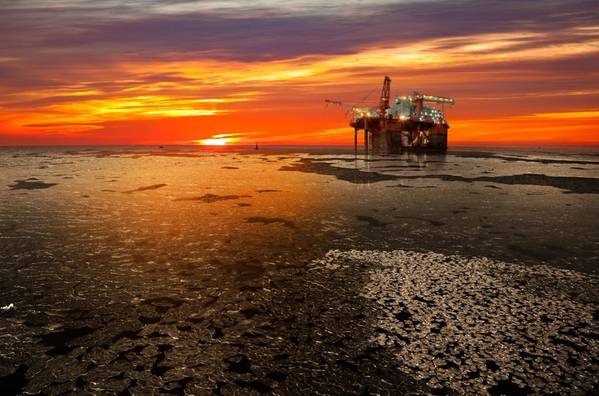
Norway plans to extend its no-go zone for oil exploration in the country's Arctic waters but stopped short of areas for which licenses have already been granted to oil companies.
The government on Friday proposed an extension of the so-called ice edge boundary to the constantly changing southern fringe of the permanent ice sheet. Anything north of that line is considered off-limits for oil drilling.
However, the new line remains sufficiently far north that it does not affect existing exploration licenses.
"It's a good compromise," Oil and Energy Minister Tina Bru told a news conference.
The center-right minority government is expected to gain cross-party support for the proposal, which has been under consideration for months, with the right-wing Progress Party having expressed fears that oil companies could be robbed of existing exploration acreage.
"This is a better starting point for negotiations on a compromise," Progress Party MP Jon Georg Dale told broadcaster NRK on Friday.
LOBBY GROUPS
The Norwegian Oil and Gas Association, an industry lobby group, welcomed the proposal ahead of a new oil exploration licensing round that the government plans to hold after the ice edge plan is approved by parliament.
But the news was less well received by environmentalists.
Greenpeace said the government has put the interests of the oil industry ahead of the science.
The Norwegian Polar Institute and the Norwegian Marine Research Institute had proposed the ice edge be moved even further south than in the government's plan.
The proposal was based on scientific research showing that sea ice has a more widespread impact on Arctic life than previously thought.
When spring comes, the area covered by drifting ice becomes abundant with life, with algae bloom supporting zooplankton growth, which in turn attracts fish, birds, and sea mammals.
"If they do not listen to the scientific advice in this incredibly important matter, they cannot say that they are taking climate and the green transition seriously," Frode Pleym, the head of Greenpeace in Norway, told Reuters.
The new line is drawn where sea ice appeared 15% of the time in April, its maximum winter extent, from 1988 to 2017. The previous line was based on 30% probability and the years between 1967 and 1989.
(Editing by Gwladys Fouche and David Goodman)



